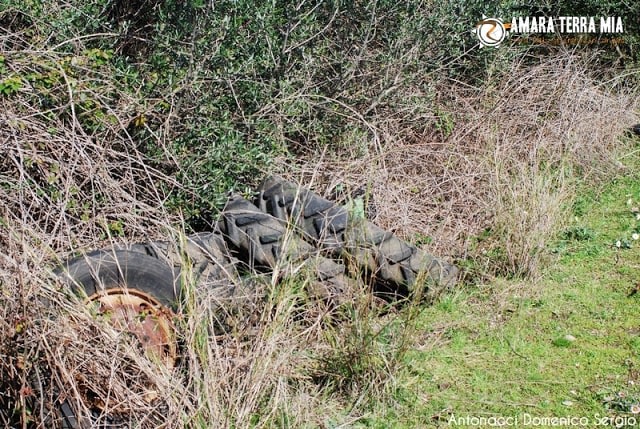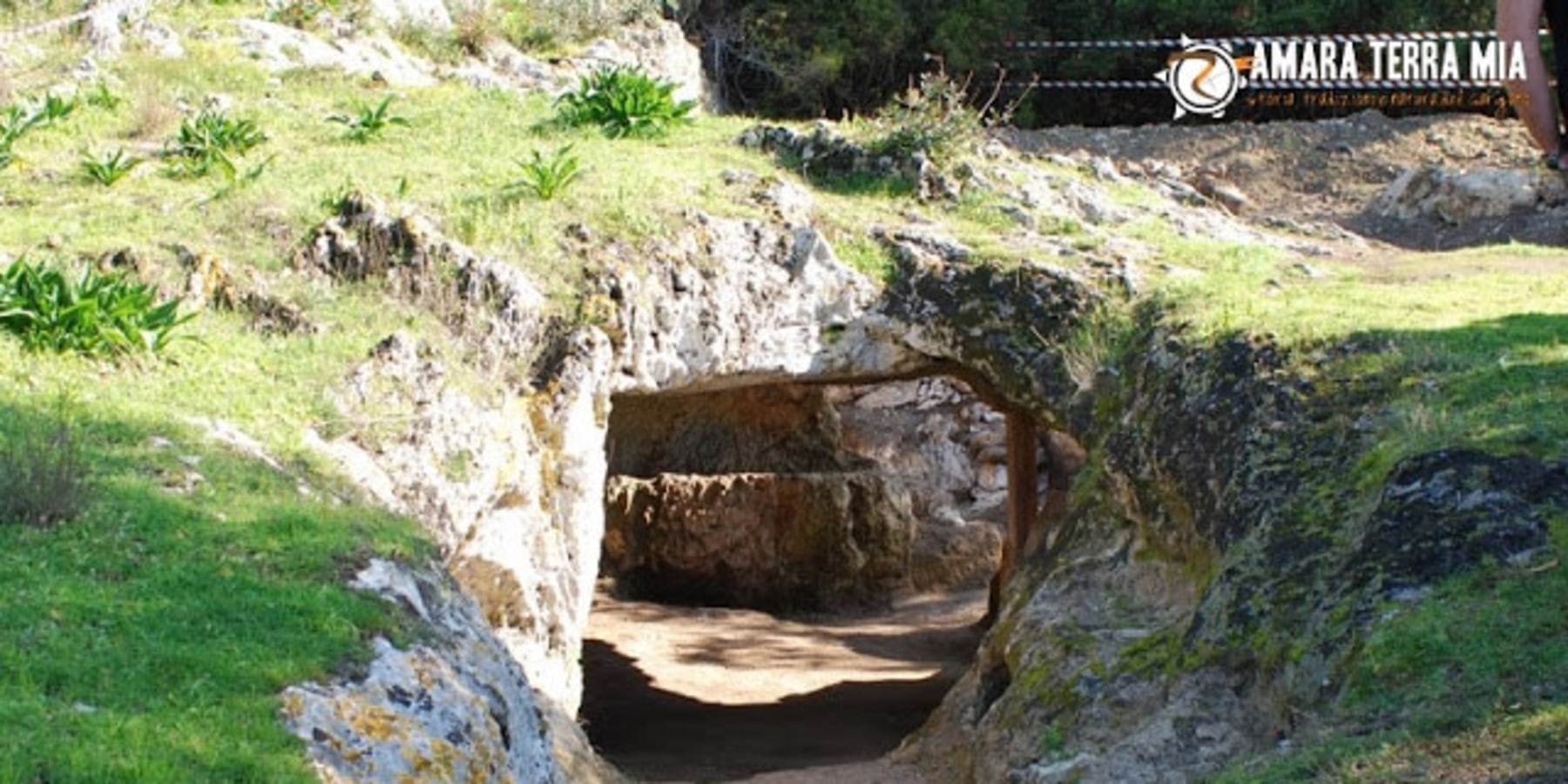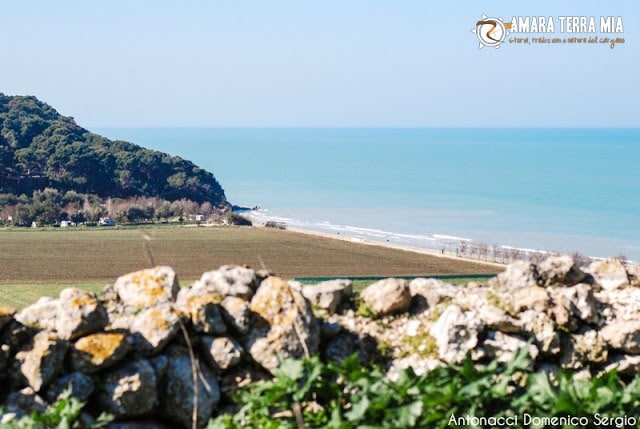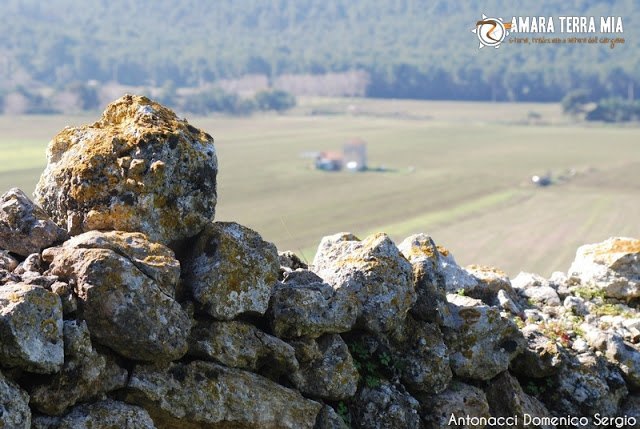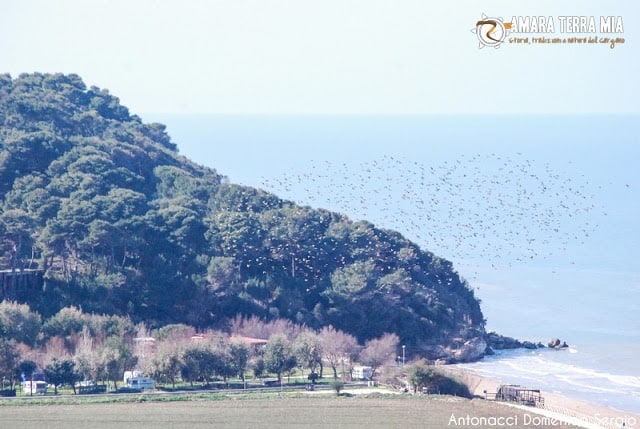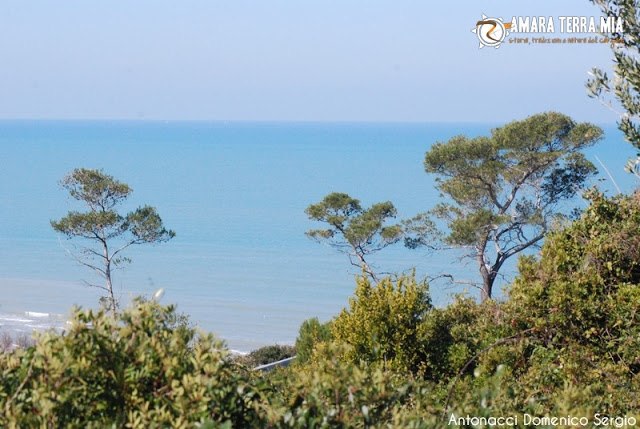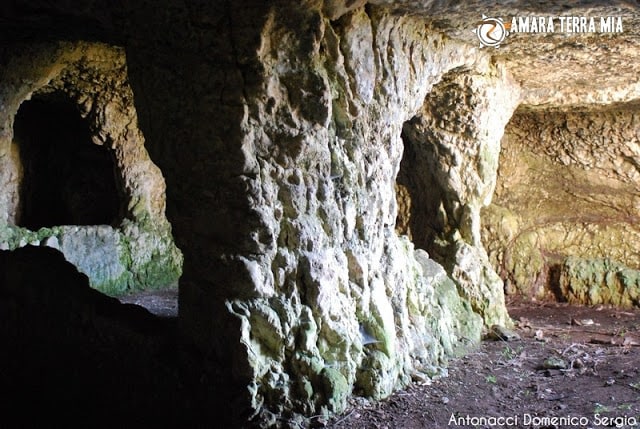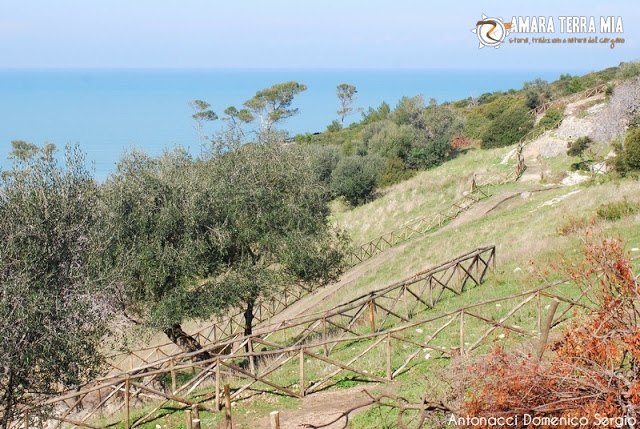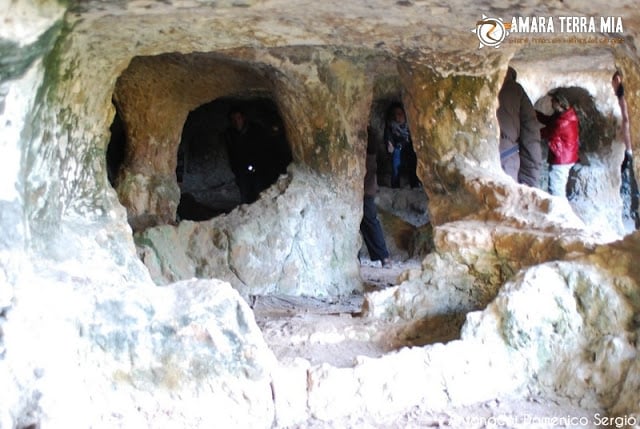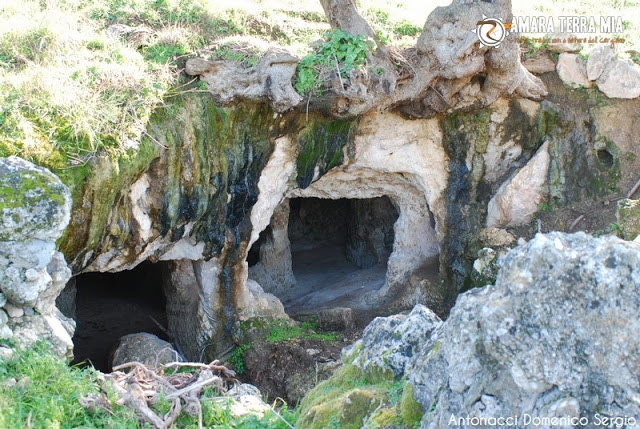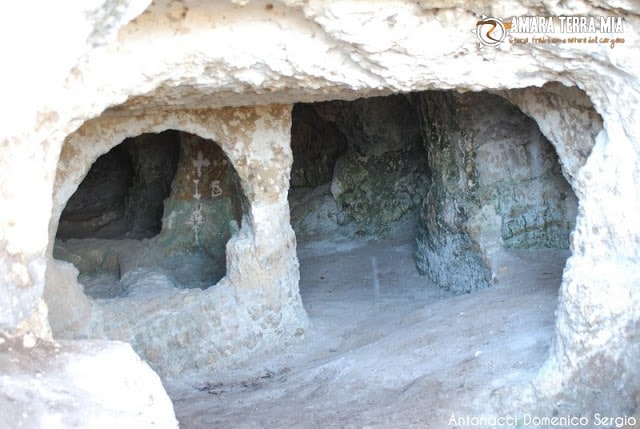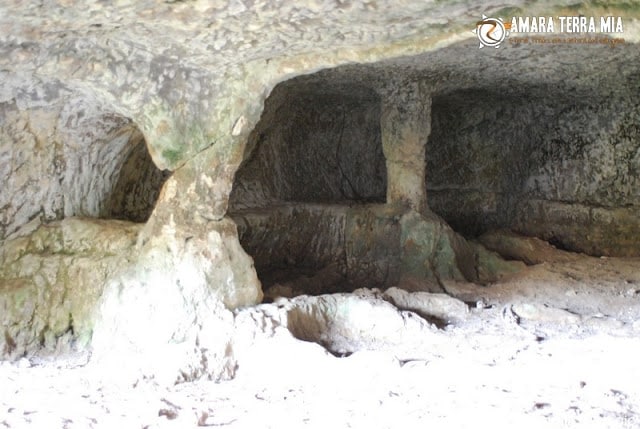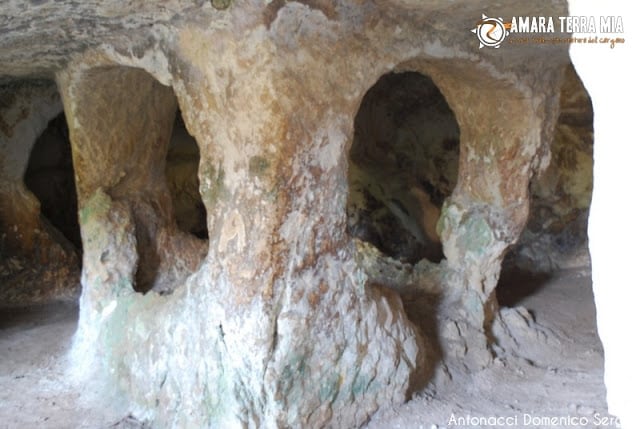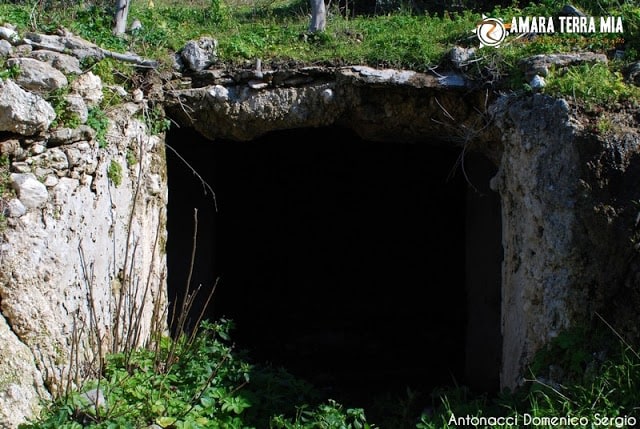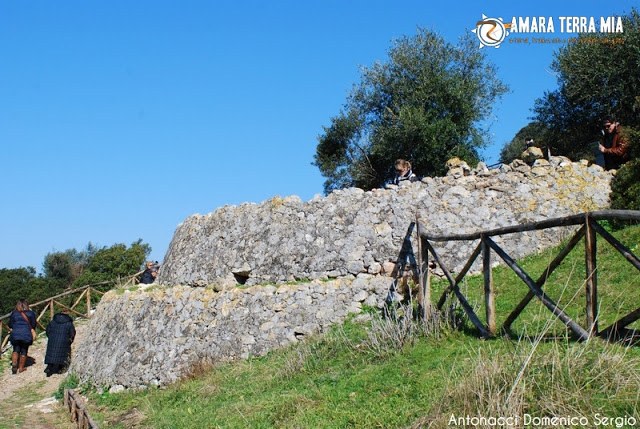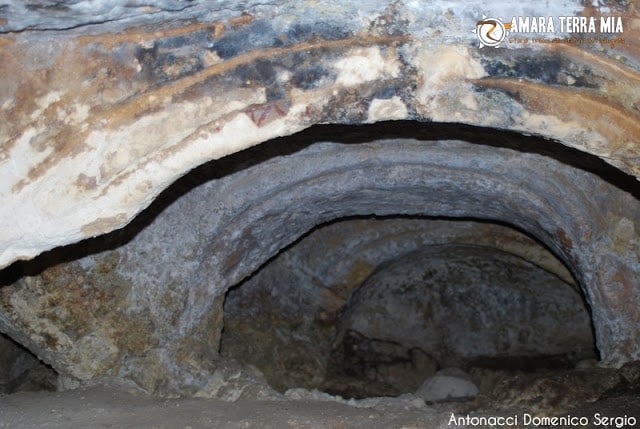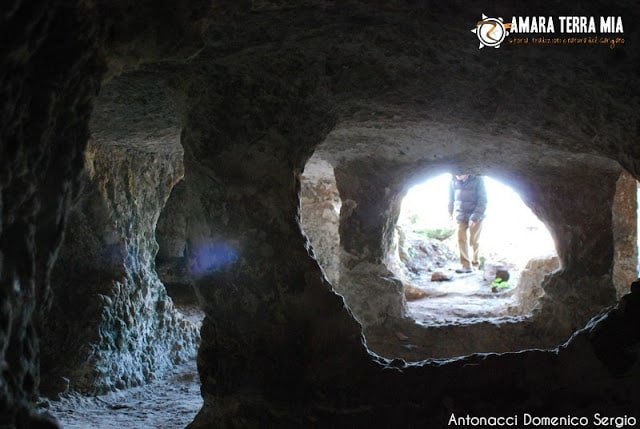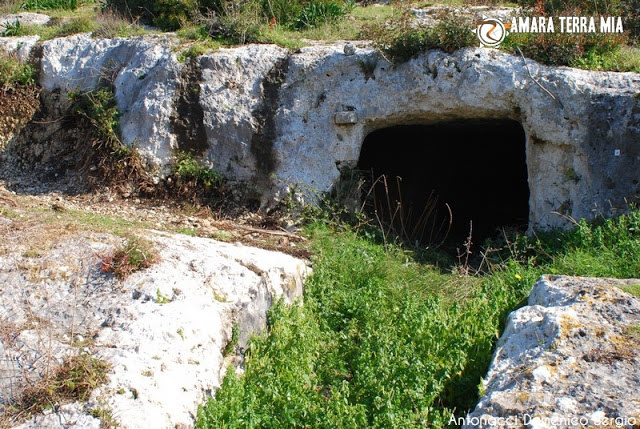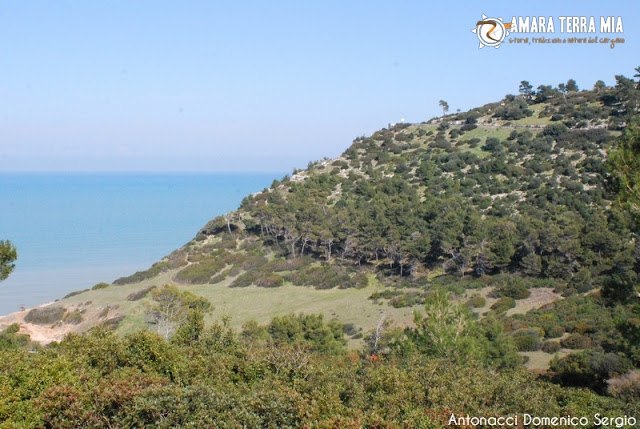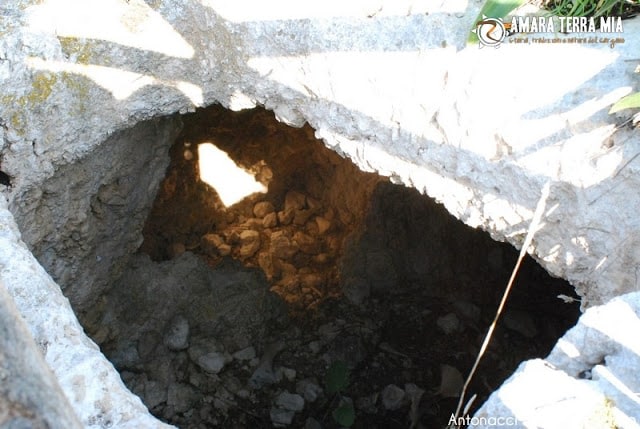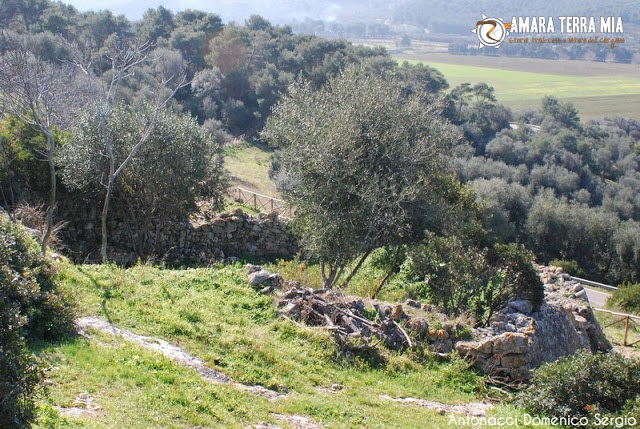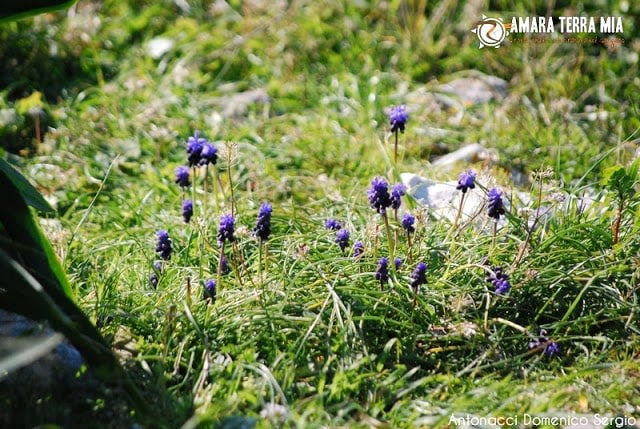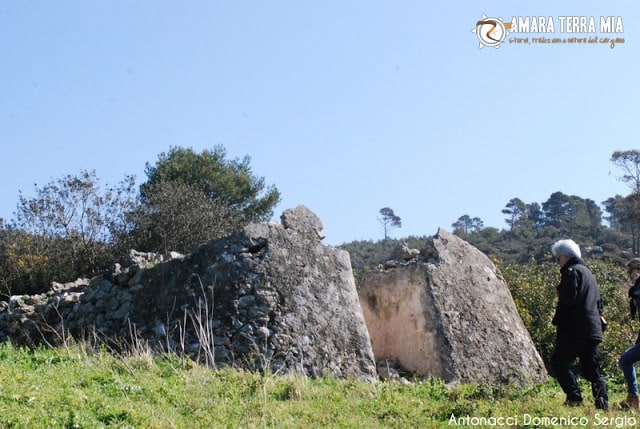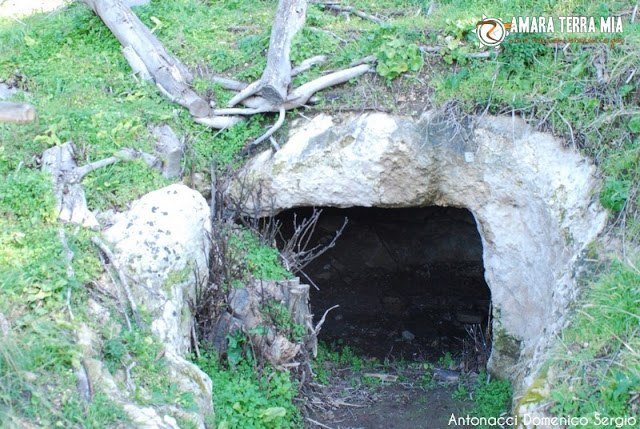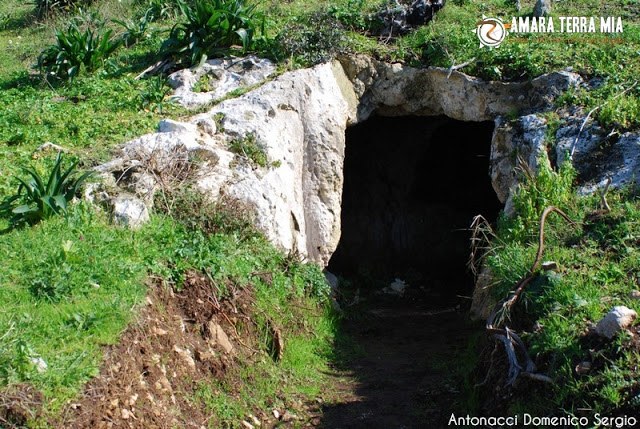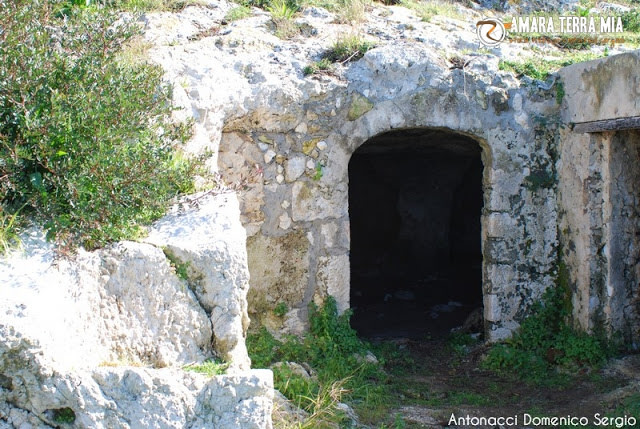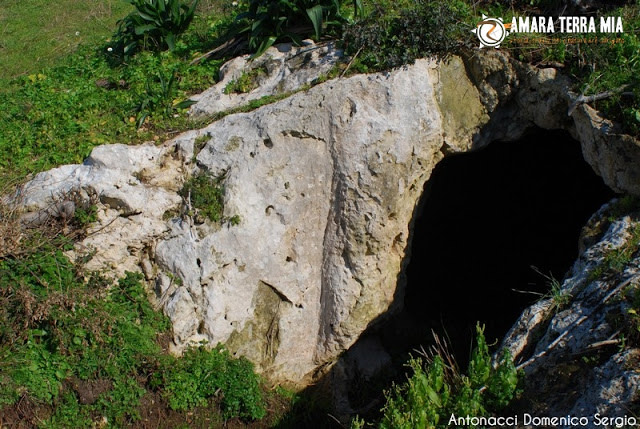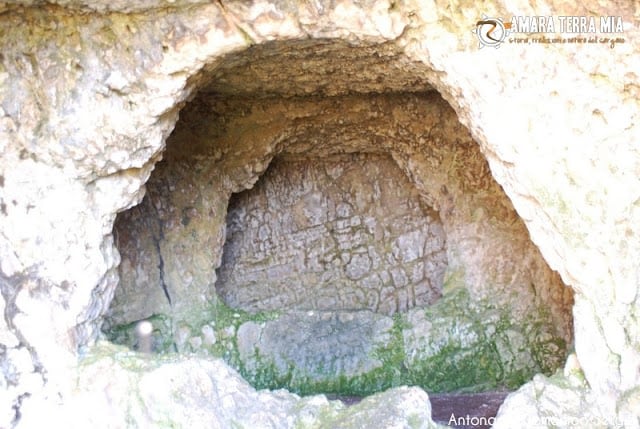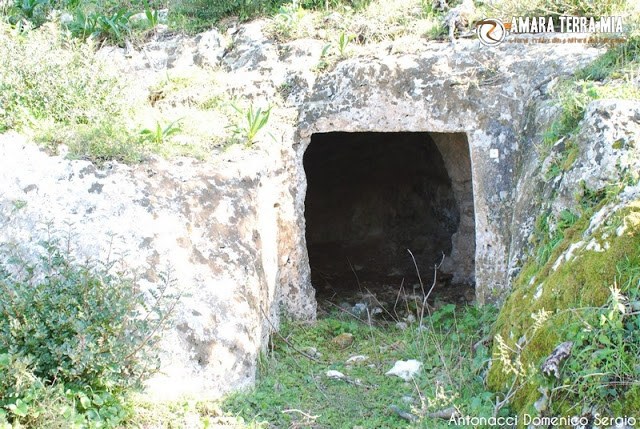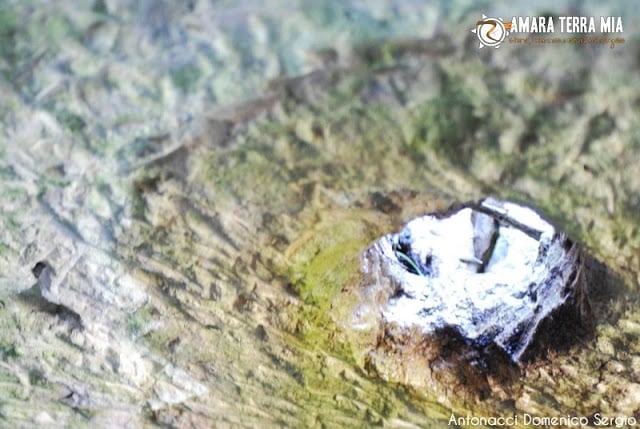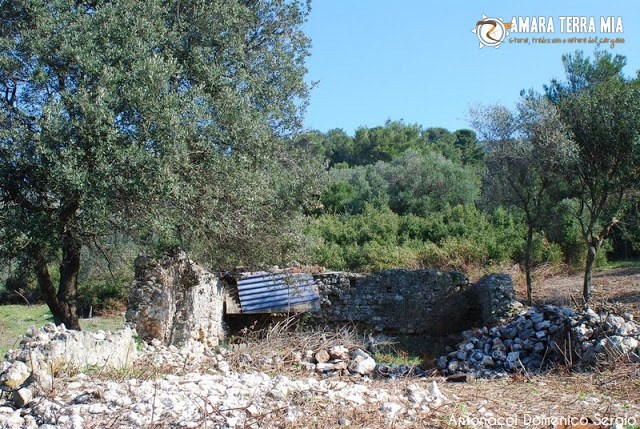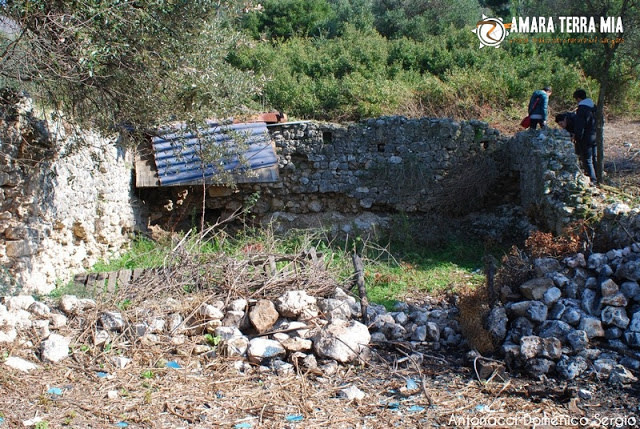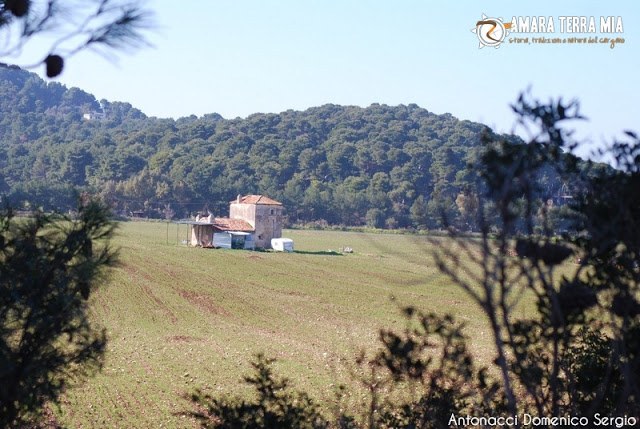
Today we bring you the necropolis of Monte Pucci, in the Gargano National Park, a scenic site of historic interest and natural beauty overlooking the sea that will introduce you to a hidden side of the Sun Mountain.
The necropolis of Monte Pucci is located along the SS89 between San Menaio and Peschici and precisely near the terminus of the line of the Ferrovie del Gargano.
Already known by the end of the 800 thanks to the studies of a local historian, Giuseppe's Viscio, was ransacked by unscrupulous people over the years and until last year he was in a state of total abandonment so as to make it difficult even localization because of dense Mediterranean vegetation that covered the caves inside of which are the many graves.
In 2011 he was put in place the project "Protection and Enhancement historical-archaeological and environmental
Early Christian Necropolis of Monte Pucci "(funded by the Region of Puglia -Service cultural-heritage," My POR Puglia 2000-2006 ERDF Axis II -Resources cultural-Measure 2.1 "for the 'amount of €. 510 204.0)
The archaeological excavations have involved only one of the many underground, that indicated with the number 24; inside you were found several graves, all without kit except for one that was saved to the criminal hand of the grave robbers.
In this they were found several objects in gold but surely the attention goes to the two beautiful glass ampoules and a gold ring very special.
In fact it is the image of Diomede, a very important data that predates the first attendance of the necropolis from the early Christian (a gap between III and VI century AD) to at least the second century. BC
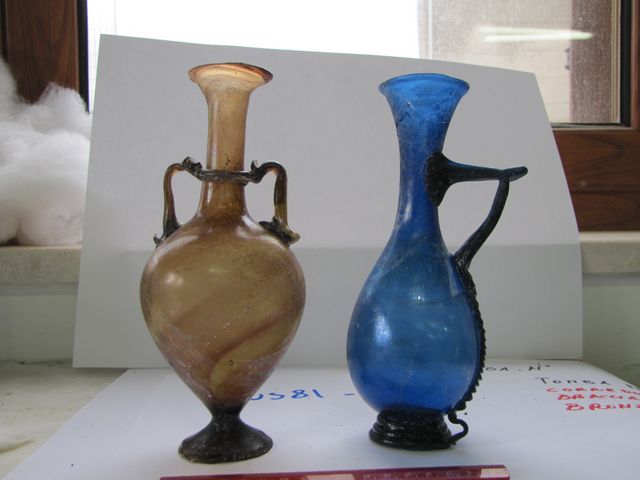
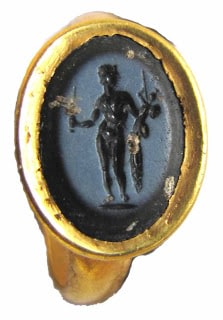
The atmosphere on site is fantastic. Scent of the sea, of Aleppo pine trees, earth and rock. I would not really can not explain with words and I want to try with a photo.
There is still much to be done because the underground studied is only one of more than twenty present although it was found that many in the past have been plundered by grave robbers (just like most dell'ipogeo 24).
Hopefully in other funds that should be allocated during 2013 and that will allow to continue the work and think of a structure to exhibit the objects found (currently being restored).
Unfortunately there is still no plan for the use and enjoyment then you ask, "and if we want to visit the cemetery?"
For now it is still unclear if and when it will be open to the public but it hopes to make available as soon as this new historical resource brought to light after so many years of neglect and looting.
There are rumors of a possible opening in the summer season 2013.
My hopes are that the work continue, you think of a serious promotion project and we are working people who know what they're talking. Otherwise it will be the usual thing Italian.
For driving directions, please consult the map that we created specifically on Google Maps ( you call it promotion, if you want ... )
View Necropolis of Monte Pucci in a larger mapps the guided tour currently excludes many other tombs in the area; a few meters you can also visit a tower of defense of the XVI century and a church (ruins) that dates back to the Middle Ages (the interpretations range from lombard XI sec.).
For all information please contact us by writing in the comments or by sending an email to info@amaraterra.com
We leave the photo gallery; the end of the post you will find our other suggested routes trekking
ALL RIGHTS RESERVED - "work pay"
links photogallery facebook
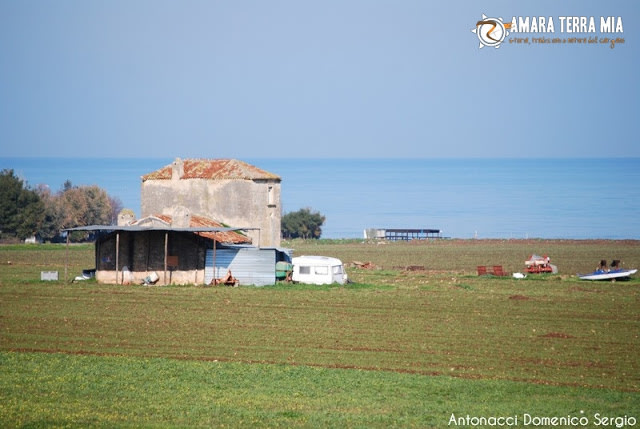
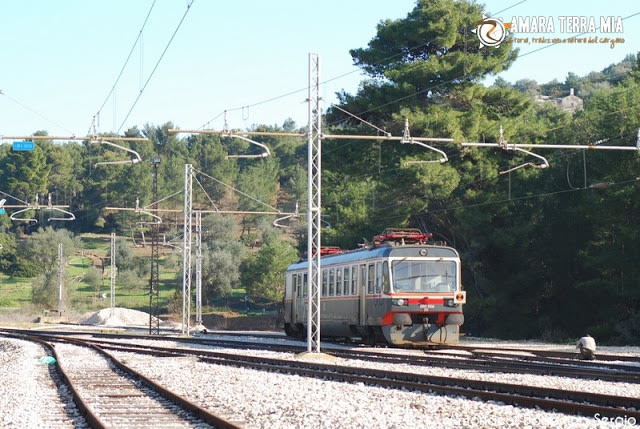
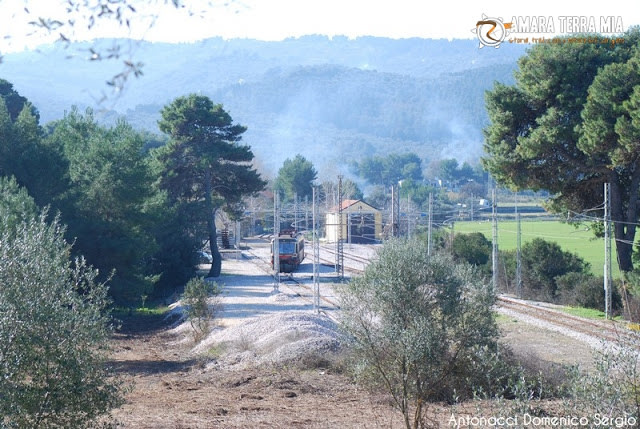
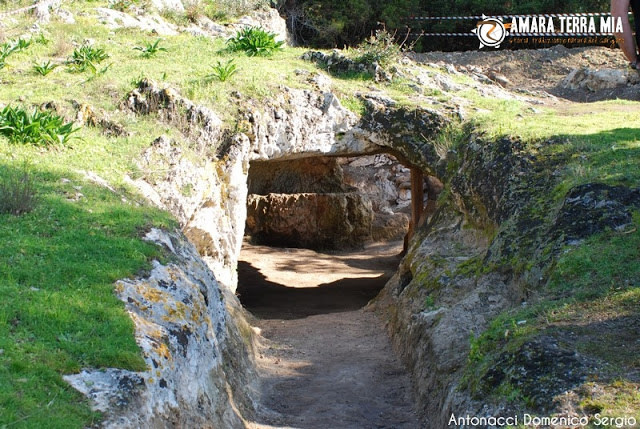
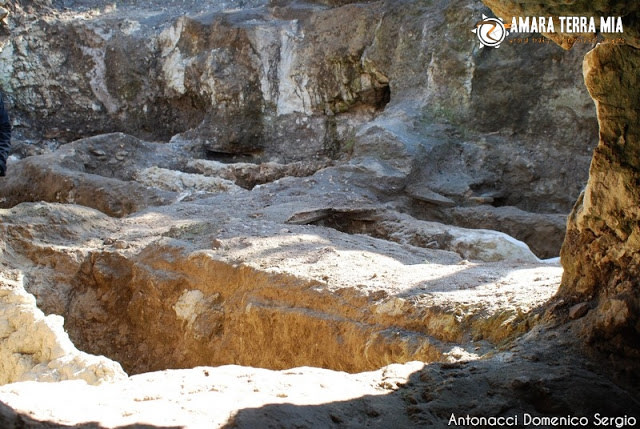
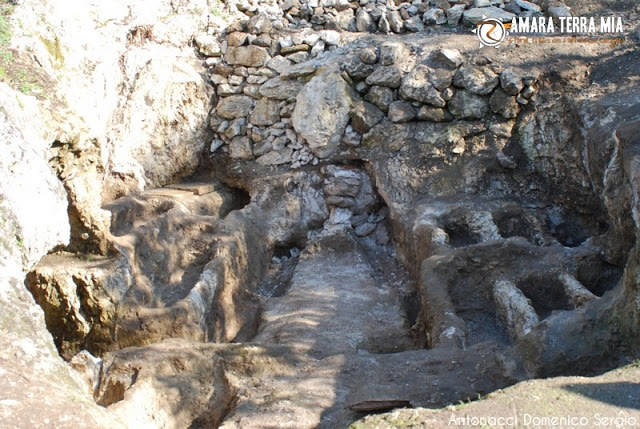
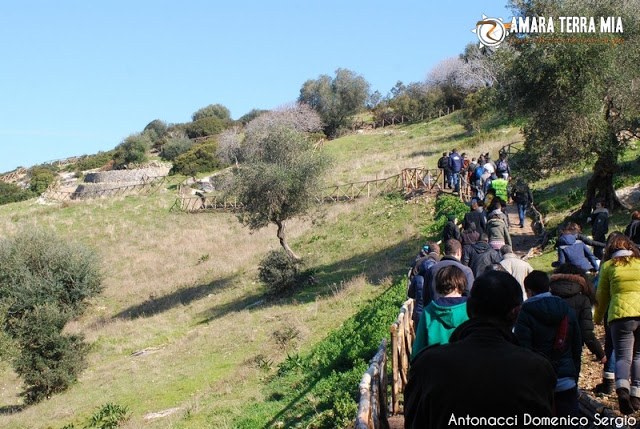
Simone D'Altilia made us (re) know that the ruins belong to the now ruined church of Santa Maria di Calenella (even though I found traces of a convent of San Martino in Calenella why what would you study), a church Medieval under dependencies is Santa Maria di Tremiti probably dating from the period between IX and XI century.
